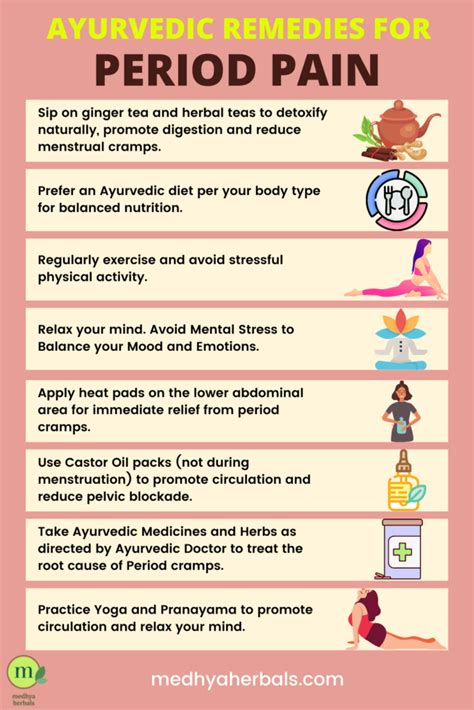How to Stop Cramps: Effective Relief Methods for Menstrual Pain
Menstrual cramps, or dysmenorrhea, are a common experience for many women, causing debilitating pain and discomfort. Understanding the causes and implementing effective relief methods is crucial for managing this monthly challenge. This guide explores various strategies to stop cramps and reclaim your comfort during your period.
Understanding the Causes of Cramps
Before diving into solutions, it's important to understand why cramps occur. The most common cause is uterine contractions. During menstruation, the uterus contracts to shed its lining. These contractions can be painful, especially if they're unusually strong or prolonged. Other contributing factors can include:
- Prostaglandins: These hormone-like substances are released during menstruation and can cause inflammation and intense pain.
- Hormonal imbalances: Fluctuations in estrogen and progesterone levels can influence the severity of cramps.
- Endometriosis: This condition, where uterine tissue grows outside the uterus, can cause significantly more severe cramps.
- Fibroids: Non-cancerous growths in the uterus can also contribute to painful periods.
Effective Ways to Stop Cramps: A Multi-pronged Approach
Fortunately, numerous strategies can help alleviate cramp pain. The most effective approach often involves combining several methods.
1. Over-the-Counter Pain Relief
Nonsteroidal anti-inflammatory drugs (NSAIDs) like ibuprofen (Advil, Motrin) and naproxen (Aleve) are highly effective at reducing pain and inflammation associated with cramps. Take them as directed and consider starting them at the first sign of cramping. Aspirin is generally not recommended for cramp relief.
2. Heat Therapy
Applying heat to your abdomen can relax uterine muscles and ease pain. Try using:
- Heating pad: Place a heating pad on your lower abdomen for 15-20 minutes at a time.
- Warm bath or shower: The soothing warmth can provide significant relief.
- Warm compress: A warm, damp towel can offer a more portable option.
3. Gentle Exercise
While it might seem counterintuitive, gentle exercise, such as yoga, walking, or swimming, can actually help reduce cramp pain. Exercise promotes blood flow and releases endorphins, which have natural pain-relieving properties. Avoid strenuous activity, however.
4. Lifestyle Adjustments
Certain lifestyle changes can also make a difference:
- Healthy Diet: A balanced diet rich in fruits, vegetables, and whole grains can help regulate hormones and reduce inflammation.
- Hydration: Drink plenty of water to stay hydrated and support overall well-being.
- Stress Management: Stress can exacerbate menstrual pain. Practice relaxation techniques like deep breathing, meditation, or yoga.
- Sufficient Sleep: Aim for 7-9 hours of quality sleep per night.
5. Herbal Remedies
Some women find relief from herbal remedies, such as chamomile tea or ginger. However, it's essential to consult your doctor before using any herbal supplements, especially if you are taking other medications.
When to See a Doctor
While many home remedies can effectively manage cramps, you should consult your doctor if:
- Your cramps are unusually severe.
- Your pain interferes with daily activities.
- You experience heavy bleeding.
- You have other concerning symptoms.
By understanding the causes and implementing these strategies, you can significantly reduce the impact of menstrual cramps and improve your overall well-being during your period. Remember, finding the right combination of methods may require some experimentation, so don't be discouraged if the first thing you try doesn't work perfectly. Listen to your body and adjust your approach accordingly.
